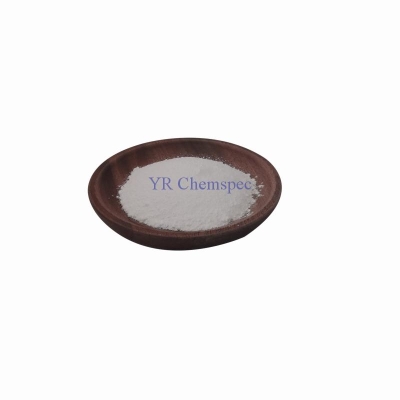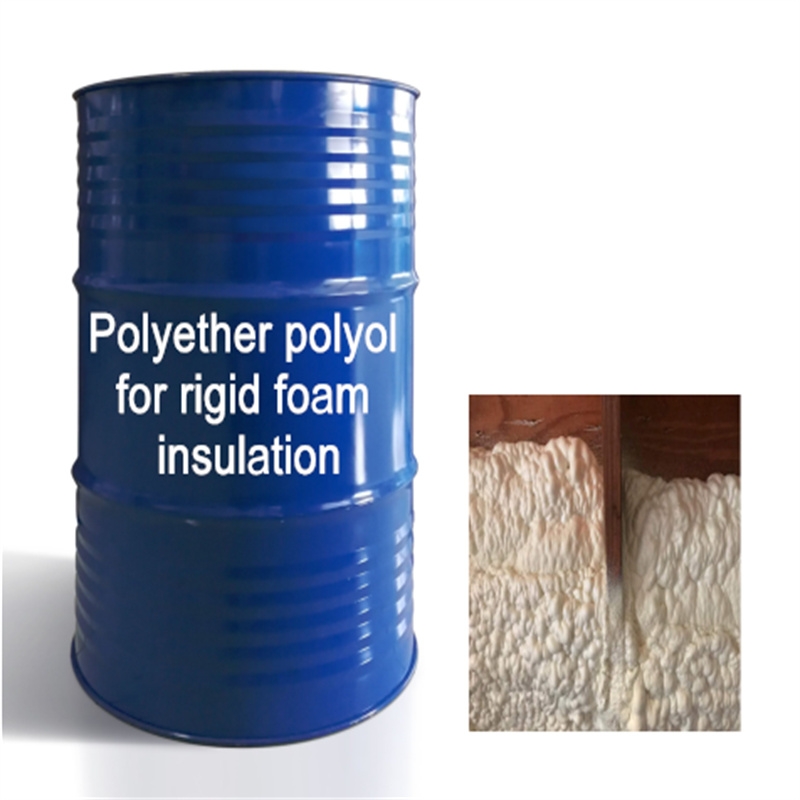-
Categories
-
Pharmaceutical Intermediates
-
Active Pharmaceutical Ingredients
-
Food Additives
- Industrial Coatings
- Agrochemicals
- Dyes and Pigments
- Surfactant
- Flavors and Fragrances
- Chemical Reagents
- Catalyst and Auxiliary
- Natural Products
- Inorganic Chemistry
-
Organic Chemistry
-
Biochemical Engineering
- Analytical Chemistry
- Cosmetic Ingredient
-
Pharmaceutical Intermediates
Promotion
ECHEMI Mall
Wholesale
Weekly Price
Exhibition
News
-
Trade Service
1.
This method is suitable for the treatment of 9 phenylurea compounds such as butyl thiazolone , cydiazuron, fluroxypyr , diuron , diuron , diuron A, diuron B, liururon, diflubenzuron, etc.
When the sample weight is 2g, the detection limit of 9 kinds of phenylurea ranges from 0.
Second, the principle of the method
The sample to be tested is placed in a pressurized fluid extraction device for extraction, and the extracted sample is purified by a C 18 solid phase extraction column, and detected by a high performance liquid chromatography-diode array detector
3.
(1) Acetonitrile : HPLC grade chromatographic purity
(2) Methanol : HPLC grade chromatographic purity
(3) Acetone : HPLC grade chromatographic purity
(4) Dichloromethane : pesticide residue level
(5) 0.
(6) 0.
(7) 25mol/L phosphate buffer solution: Take 100mL each of potassium phosphate stock solution and phosphoric acid stock solution, mix the two and dilute to 4L with water, the pH of the solution is about 2.
(8) 8 kinds of phenylurea standard stock solutions: p=100ug/mL, the storage solvent is methanol, and it is stored at -10°C
(9) Diatomite: 60 mesh
(10) Anhydrous sodium sulfate: burn it in a muffle furnace at 450°C for 4 hours before use
(11) C18 solid phase extraction column: 500mg/6mL
(12) Quartz sand: 40-100 mesh
.
It needs to be tested before use to confirm that there is no target compound or the mass concentration of the target compound is lower than the detection limit of the method
.
Four, instruments and equipment
(1) High performance liquid chromatograph: with ultraviolet detector or diode array detector and gradient elution function
.
Configuration column: C 18 column, 250mm×4.
6mm×0.
45um
.
(2) Pressure fluid extraction device
.
(3) Balance: the accuracy is 0.
01g
.
(4) Concentration device: equipment with equivalent performance such as nitrogen blowing concentrator and rotary evaporator
.
Five, pre-treatment
(1) Sample preparation
Take an appropriate amount of actual solid waste sample (the sampling amount of solid waste sample is generally 2-10g, the specific sampling amount depends on the content of the target substance in the sample), mix it with diatomaceous earth and disperse it, and fill it with a filter membrane and a small amount of silicon.
In the extraction cell of algae earth, fill the extraction cell with diatoms after adding the sample
.
(2) Pressurized fluid extraction conditions
Extraction solvent: mixed solvent with equal volume of acetone and dichloromethane;
Extraction temperature: 100℃;
Pressure: 1500psi;
Static extraction time: 10min;
Flushing volume: 50% of the volume of the extraction tank;
Extraction cell: 34mL;
Receiving bottle: about 60mL;
Nitrogen purge: 60s, pressure 150psi;
Number of static extraction cycles: 2
.
(3) The first concentration of the sample after extraction
After the sample was dehydrated in an anhydrous sodium sulfate funnel, it was transferred to a 150mL pear-shaped bottle, and it was concentrated to about 2mL by rotary evaporation in a 30℃ water bath.
Then, about 2mL of methanol was added, and the concentration was continued until nearly dry, and 10.
0mL ultrapure water was added to shake and dissolve , To be purified
.
(4) Purification
The purification procedure is as follows:
Activate the cartridge (5mL methanol ) → equilibrate the cartridge (5mL ultrapure water) → load the sample (wash the sample bottle with a small amount of ultrapure water and load the sample together) → rinse the cartridge (5mL methanol with a volume ratio of 2:8- Ultrapure water mixed solution)→Drain (vacuum pump to dry, no less than 10min)→Elution (5mL methanol)→Receive the eluent in a 10mL centrifuge tube
.
(5) The second concentration of the sample after extraction
Concentrate by nitrogen blowing, the temperature of the water bath is 30~35℃, concentrate to about 0.
5mL, transfer to a 2mL injection bottle, make the volume to 1.
0mL with methanol, and wait for measurement
.
Related Links: Solid Waste—Determination of Polycyclic Aromatic Hydrocarbons—Liquid Chromatography (2)







